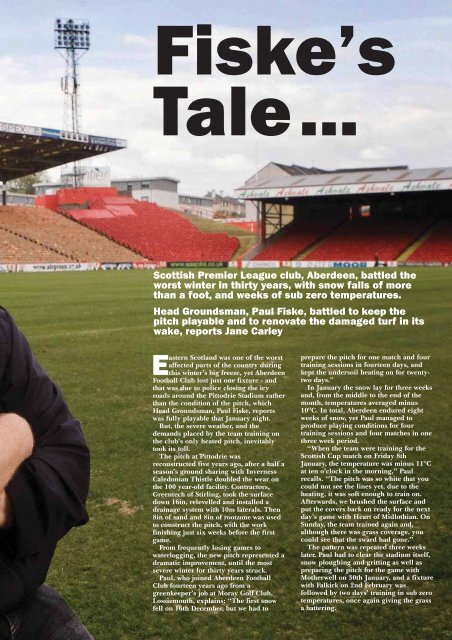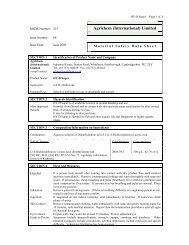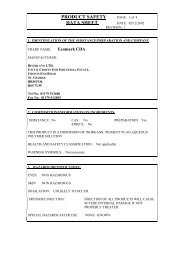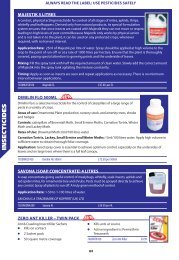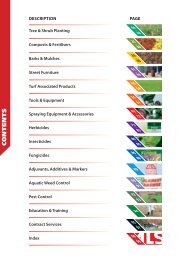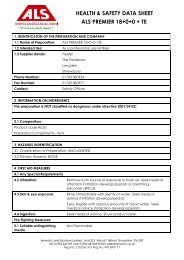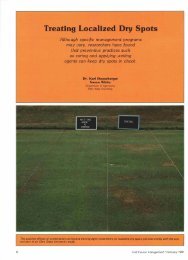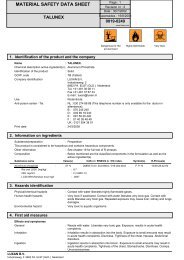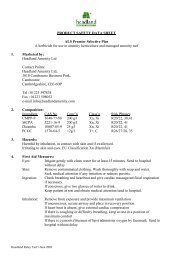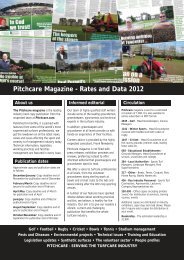Earning his Spurs - Pitchcare
Earning his Spurs - Pitchcare
Earning his Spurs - Pitchcare
Create successful ePaper yourself
Turn your PDF publications into a flip-book with our unique Google optimized e-Paper software.
Fiske’s<br />
Tale...<br />
Scottish Premier League club, Aberdeen, battled the<br />
worst winter in thirty years, with snow falls of more<br />
than a foot, and weeks of sub zero temperatures.<br />
Head Groundsman, Paul Fiske, battled to keep the<br />
pitch playable and to renovate the damaged turf in its<br />
wake, reports Jane Carley<br />
Eastern Scotland was one of the worst<br />
affected parts of the country during<br />
t<strong>his</strong> winter’s big freeze, yet Aberdeen<br />
Football Club lost just one fixture - and<br />
that was due to police closing the icy<br />
roads around the Pittodrie Stadium rather<br />
than the condition of the pitch, which<br />
Head Groundsman, Paul Fiske, reports<br />
was fully playable that January night.<br />
But, the severe weather, and the<br />
demands placed by the team training on<br />
the club’s only heated pitch, inevitably<br />
took its toll.<br />
The pitch at Pittodrie was<br />
reconstructed five years ago, after a half a<br />
season’s ground sharing with Inverness<br />
Caledonian T<strong>his</strong>tle doubled the wear on<br />
the 100 year-old facility. Contractors,<br />
Greentech of Stirling, took the surface<br />
down 16in, relevelled and installed a<br />
drainage system with 10m laterals. Then<br />
8in of sand and 8in of rootzone was used<br />
to construct the pitch, with the work<br />
finishing just six weeks before the first<br />
game.<br />
From frequently losing games to<br />
waterlogging, the new pitch represented a<br />
dramatic improvement, until the most<br />
severe winter for thirty years struck.<br />
Paul, who joined Aberdeen Football<br />
Club fourteen years ago from a<br />
greenkeeper’s job at Moray Golf Club,<br />
Lossiemouth, explains: “The first snow<br />
fell on 16th December, but we had to<br />
prepare the pitch for one match and four<br />
training sessions in fourteen days, and<br />
kept the undersoil heating on for twentytwo<br />
days.”<br />
In January the snow lay for three weeks<br />
and, from the middle to the end of the<br />
month, temperatures averaged minus<br />
10 O C. In total, Aberdeen endured eight<br />
weeks of snow, yet Paul managed to<br />
produce playing conditions for four<br />
training sessions and four matches in one<br />
three week period.<br />
“When the team were training for the<br />
Scottish Cup match on Friday 8th<br />
January, the temperature was minus 11 O C<br />
at ten o’clock in the morning,” Paul<br />
recalls. “The pitch was so white that you<br />
could not see the lines yet, due to the<br />
heating, it was soft enough to train on.<br />
Afterwards, we brushed the surface and<br />
put the covers back on ready for the next<br />
day’s game with Heart of Midlothian. On<br />
Sunday, the team trained again and,<br />
although there was grass coverage, you<br />
could see that the sward had gone.”<br />
The pattern was repeated three weeks<br />
later. Paul had to clear the stadium itself,<br />
snow ploughing and gritting as well as<br />
preparing the pitch for the game with<br />
Motherwell on 30th January, and a fixture<br />
with Falkirk on 2nd February was<br />
followed by two days’ training in sub zero<br />
temperatures, once again giving the grass<br />
a battering.


